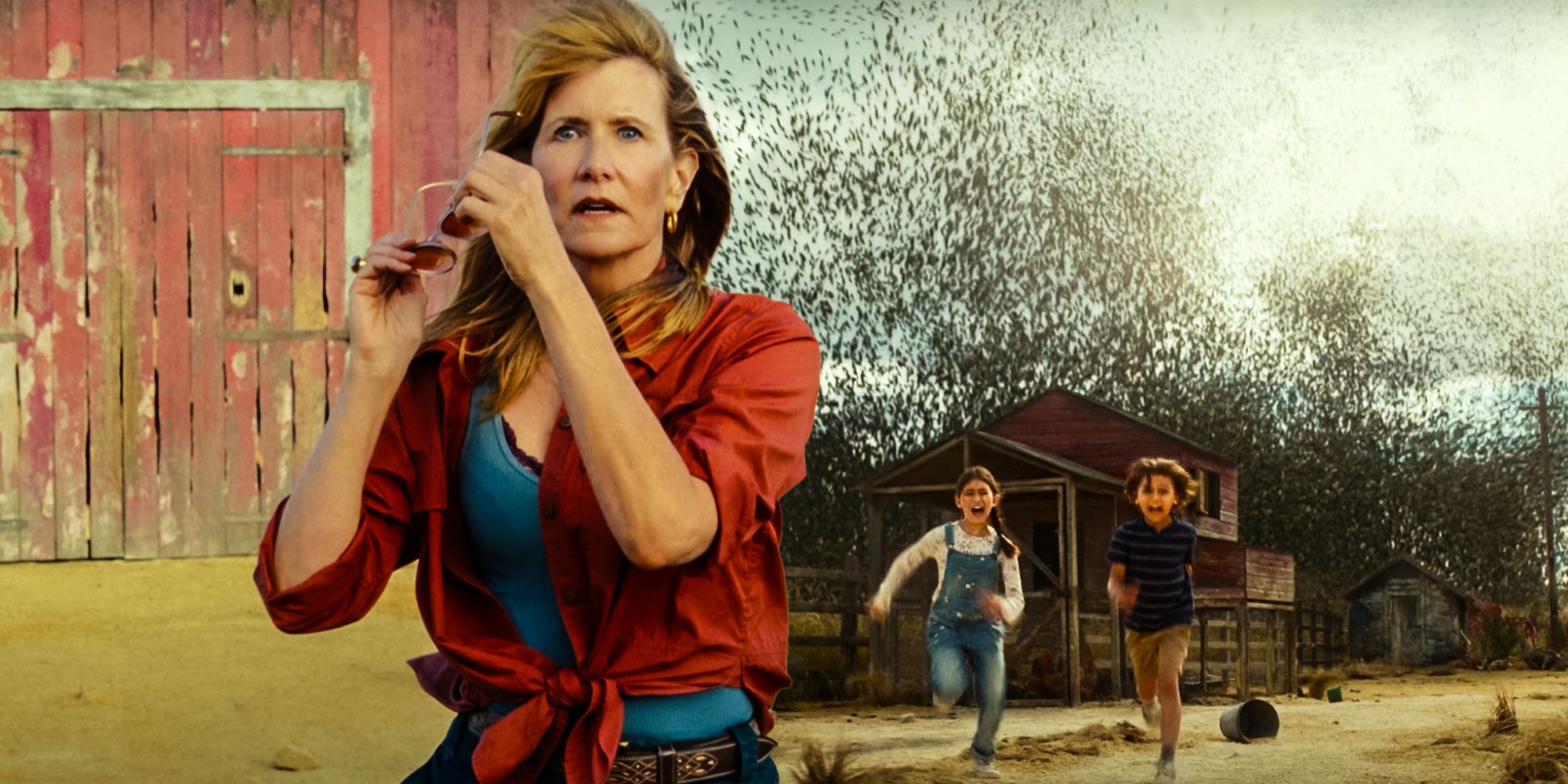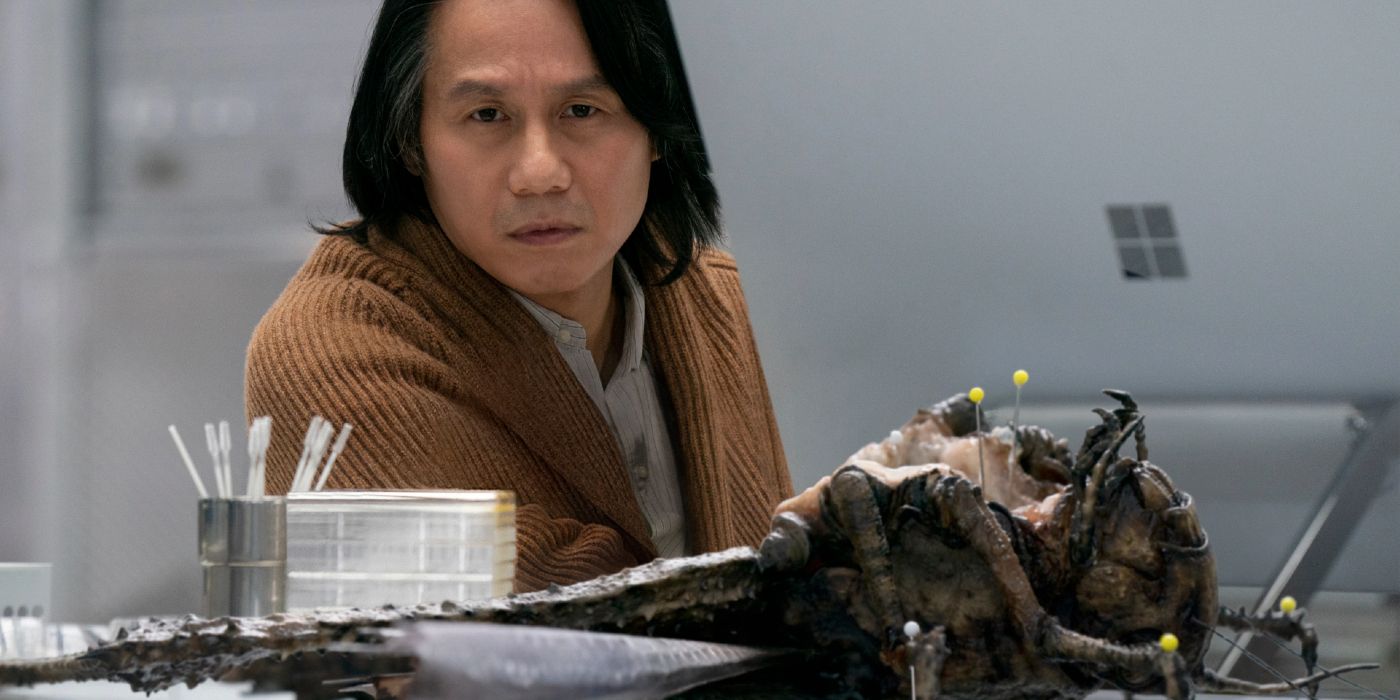Warning: Spoilers for Jurassic World Dominion
Surprisingly, giant locusts – and not dinosaurs – turned out to be the biggest threat in Jurassic World Dominion. Early on in the movie, original Jurassic Park protagonists Ellie Sattler and Alan Grant came together to stop BioSyn, whose scientific experiments gave birth to swarms of mutated locusts. It was understood that the Earth’s ecosystems were all endangered by the rise of these pests.
By unleashing the dinosaurs, Jurassic World: Fallen Kingdom’s ending set up all sorts of problems for the characters to deal with in the franchise’s final installment. Now allowed to roam free in the wilderness, numerous species of dinosaurs were able to have a presence in Jurassic World Dominion. Thankfully for society, some were relatively harmless, while others were vicious killers capable of wreaking a great deal of havoc. Among the most dangerous dinosaurs involved in the action in Jurassic World Dominion were the Therizinosaurus, the Giganotosaurus, the Carnotaurus, the Mosasaurus, the Quetzalcoatlus, and of course, the Tyrannosaurus Rex. However, none were as concerning as the giant locusts, who could have caused the end of humanity if left unchecked.
The locusts were an unusual choice for this role, given the fact they’re not dinosaurs and have no obvious link to their place in history. According to Dr. Henry Wu in Dominion, this species of locusts has its roots in the Cretaceous era. But in real life, it’s hard to say exactly how old locusts are. Ancient texts prove that locusts, which are a type of grasshopper, are at least a few thousand years old and could have been around even longer than that. Grasshoppers in general, on the other hand, do indeed date back to the days of the dinosaurs. They were alive during the Early Triassic era, which was over 200 million years ago and before the Jurassic period. In other words, it’s certainly plausible that back then, there really were grasshopper species similar –but not as large – as Jurassic World Dominion’s giant mutated locusts.
Insects are over 400 million years old, so they certainly shared the Earth with the Triceratops, the fearsome T-Rex, the Brontosaurus, and all the other dinosaurs featured in the movie. They were once giant, but shrank as they evolved. Due to their history, it technically does work for locusts to be in Dominion story-wise, even if they’re not exactly what viewers may have been expecting. After all, the movie essentially just enlarged an insect that currently exists on Earth, as opposed to picking something a bit more unique and menacing, such as the Meganeura, which was an enormous, prehistoric dragonfly.
The specific roles played by locusts in human history help shed light on why they were relevant to Jurassic World Dominion's story. Locusts and their tendency to create massive swarms have resulted in terrible plagues for thousands of years. Their track record for spreading death and destruction made them a creature that Jurassic World Dominion could use to threaten the planet with an apocalyptic-level event.


